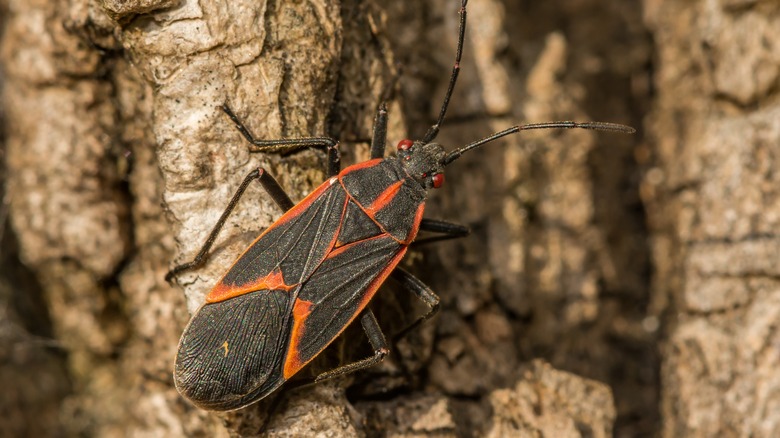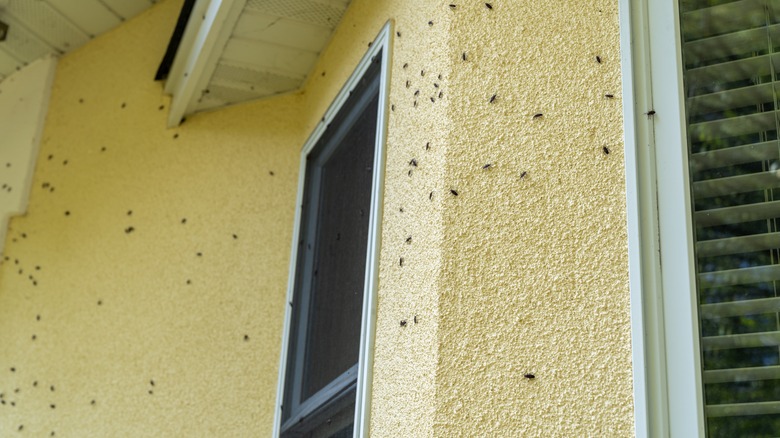Plants And Trees In Your Yard That Attract Boxelder Bugs (& How To Prevent Them From Invading Your Home)
Are you suddenly finding groups of ½-inch long, black-orange insects on your property? Chances are, you have a boxelder infestation. Hailing from the same family as cicadas and stink bugs, boxelder bugs start to congregate outdoors during the summer months. Then, as cold weather returns, they make a beeline for your house and invade it in huge quantities. Once they get a foothold inside your home, you'll find that they stain surfaces on which they crawl and produce an unpleasant odor when physically disturbed. Unfortunately, physically handling the unwanted guests will be your only option if they make it indoors. To avoid this stinky, gross scenario, you should take action at the earliest signs of infestation, when the insects are still outside, feeding on the trees in your yard.
These bugs are mostly attracted to boxelder, ash, and maple trees. If you have these tree species growing on your property, check them periodically for signs of these bugs and take immediate action to prevent the infestation from moving inside. Controlling an outdoor boxelder bug infestation is not feasible. Since these bugs can fly, they can still make it to your house even if you remove or chemically treat their favorite trees, like ash and maple. So, there's no need to keep these bugs out of the yard. Instead, you should focus your efforts on hacks that will keep the insects out of your house. When the bugs start to migrate indoors, you may find them on houses' exterior walls — particularly on those facing south and west. Below, we'll walk you through tips on preventing boxelder bugs from getting into your home.
Effective ways for keeping boxelder bugs out of your home
First things first, seal any openings or crevices that could give boxelder bugs an easy route inside the house or into the wall cavities. Any gaps around doors and windows should be properly caulked, while vents and other openings should have screens over them. You can supplement this approach by growing species from the mint family, such as rosemary, peppermint, and lavender, around the house. These popular herbs will drive boxelder bugs away from your house. If the boxelder bug infestation is severe, you can resort to using chemical insecticides that are based on cyfluthrin, deltamethrin, permethrin, or lambda-cyhalothrin. The optimal time to spray the insects is at the end of the summer when boxelder bugs start to make their way toward your dwelling's walls. Be sure to follow the insecticide manufacturer's instructions thoroughly, regardless of which product you use.
Controlling boxelder bugs demands a multi-pronged approach. So, even if you've done your best to seal their way from the outdoors to the interior, you should still take a few precautions to make your home as inhospitable as possible to these pests. Maintaining good hygiene is an important step — if your place stays clean and free of clutter or food scraps, you deny these pests their source of food and make an indoor infestation less likely.

